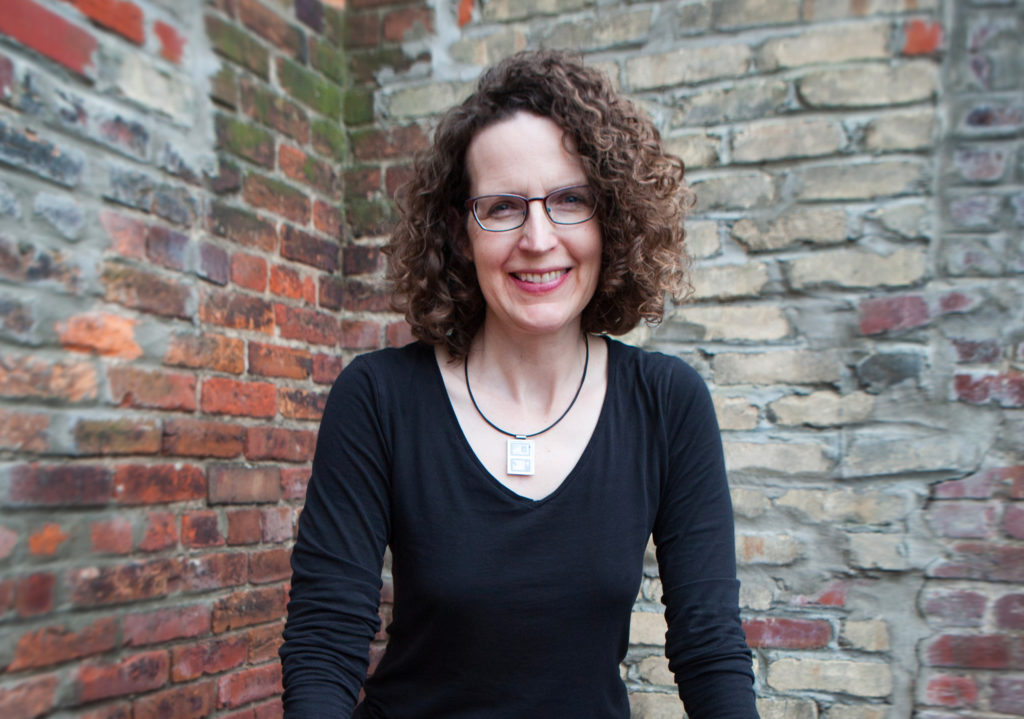…The misery with them all was, clearly, that they sought to interfere, for good, in human matters, and had lost the power for ever.
Whether these creatures faded into mist, or mist enshrouded them, he could not tell. But they, and their spirit-voices faded together; and the night became as it had been when he walked home.
 I was lucky enough to spend a few days in New York City this past week, including a stop at the Morgan Library to see the manuscript of A Christmas Carol. This year it’s open to the final page of Stave I, the scene in which Jacob Marley’s Ghost pays a visit to Scrooge, his old partner in crimes against humanity. (See picture, left.)
I was lucky enough to spend a few days in New York City this past week, including a stop at the Morgan Library to see the manuscript of A Christmas Carol. This year it’s open to the final page of Stave I, the scene in which Jacob Marley’s Ghost pays a visit to Scrooge, his old partner in crimes against humanity. (See picture, left.)
Maybe it’s not much to look at, these lines of ink on paper. To see them in person is a thrilling reminder that great books–all books–begin as somebody’s words scribbled down, scratched out, revised, and improved. I’ll admit to being star-struck in the presence of this particular manuscript, but the joy lies not just in the celebrity of the book and author. A story has a life of its own but it begins in one particular life, in a spark lit in someone’s mind that motivates expression and leads to something tangible, readable, printable. But first it has to take shape, whether in the neat smallish hand of Charles Dickens working with pen and paper 173 years ago or in the typed-out sentences of a writer working on her laptop today. Writers write. It’s what we do. And it’s a physical process that leads from mind to hand to page to reader. Thanks to CD and his Christmas Carol notebook for reminding me of that–and for a hell of a story. Happy holidays, all.
 Postscript: Here’s Charlotte Bronte’s first (?) book, also on display at the Morgan this holiday season, and written when she was 13 years old. It’s a story for her sister Anne. The tiny handwriting deployed by all the Bronte siblings is a study in writerly presentation of a different sort: writing as keeping secrets from the rest of the world.
Postscript: Here’s Charlotte Bronte’s first (?) book, also on display at the Morgan this holiday season, and written when she was 13 years old. It’s a story for her sister Anne. The tiny handwriting deployed by all the Bronte siblings is a study in writerly presentation of a different sort: writing as keeping secrets from the rest of the world.

